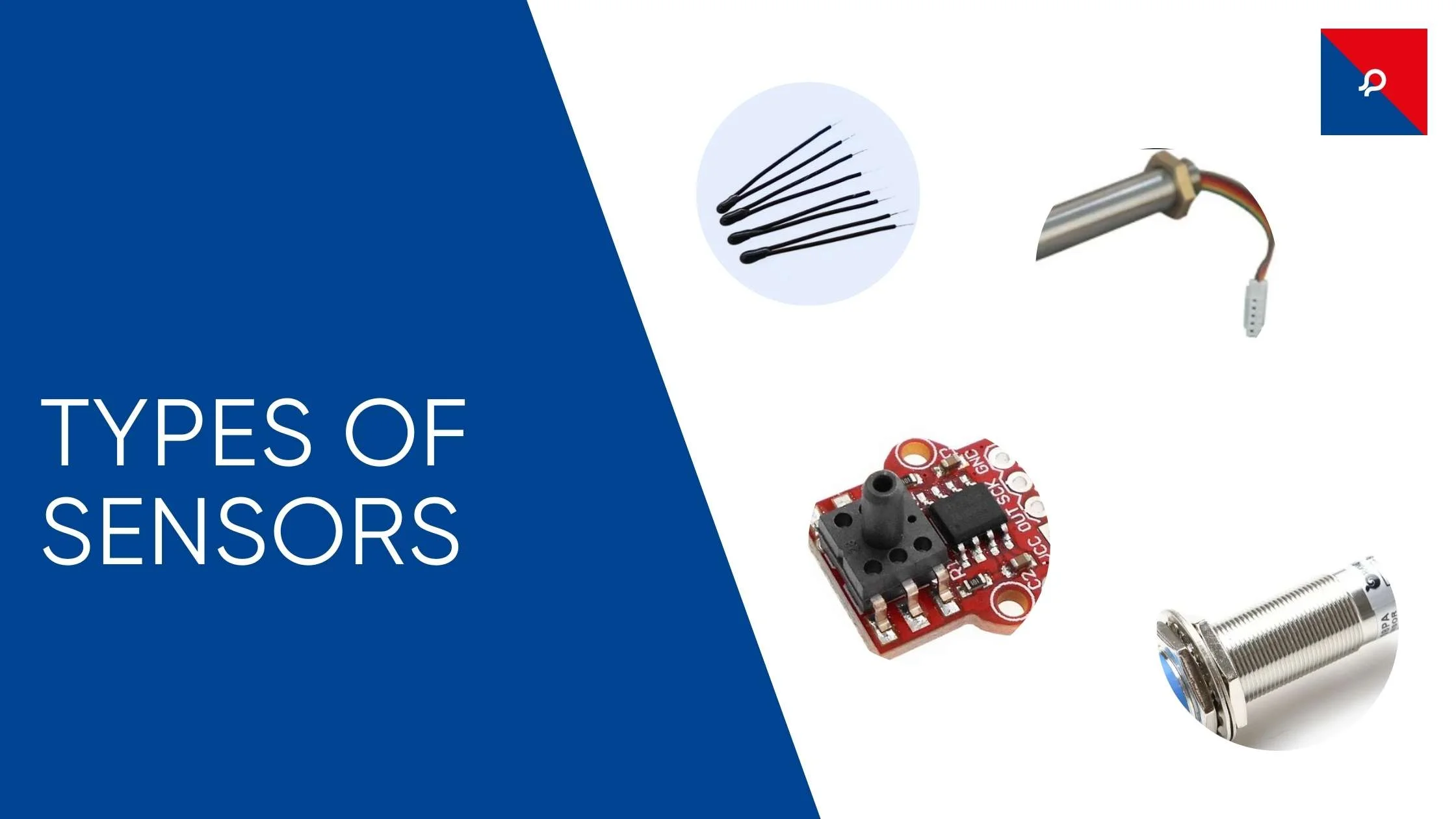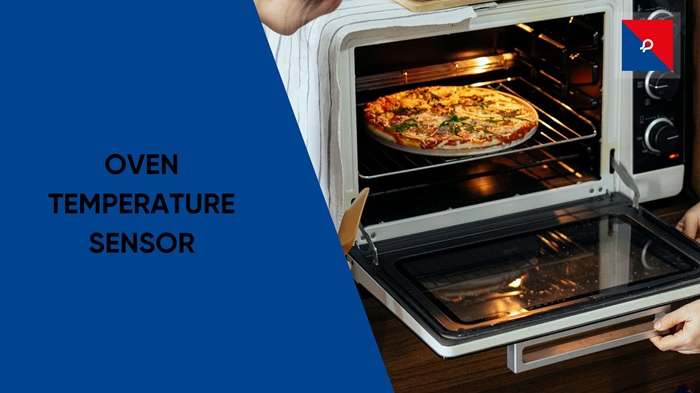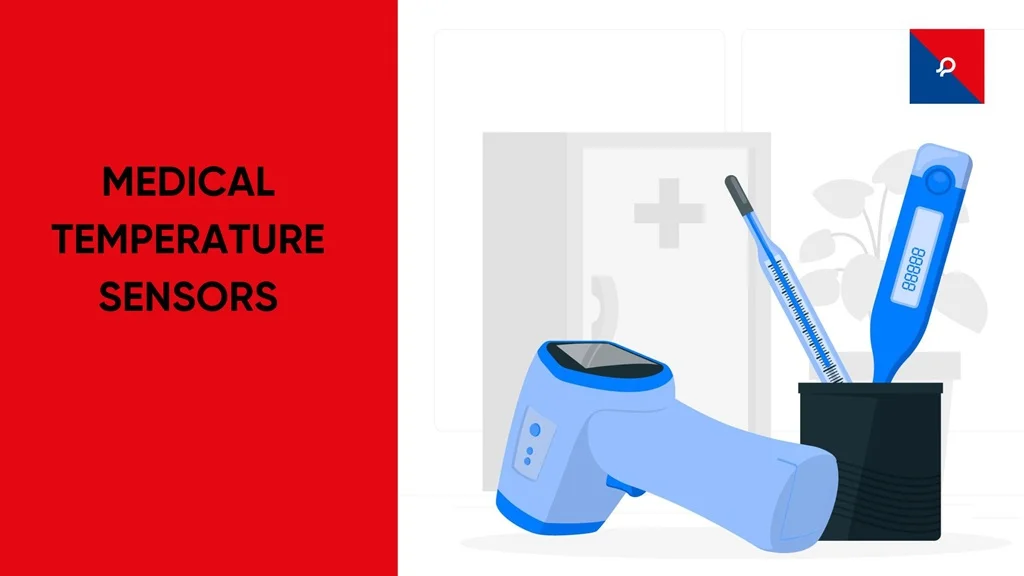
Different Types of Sensors: A Comprehensive Guide to Sensor Technology
Different Types of Sensors: A Comprehensive Guide to Sensor Technology

| Key Takeaways: |
- Explore Various Sensor Types like temperature, pressure, and proximity sensors, and their crucial roles in modern technology.
- Understand Key Sensor Applications in industries like healthcare, automotive, and smart homes, and how they enhance safety, efficiency, and convenience.
- Discover Diverse Sensor Technologies including optical, chemical, and motion sensors, and their specific functions in different environments.
When it comes to modern technology, sensors are the unsung heroes. They play a pivotal role in everything from smart homes to industrial automation. Let’s dive into the different types of sensors and uncover how they make our world smarter and more efficient.
General Classification of Sensors
Sensors are incredible tools that help us measure and interact with the world. Here’s a broad overview of some major sensor classifications:
- Temperature Sensors:
These sensors measure heat variations and are crucial in many applications. From your home’s thermostat adjusting the climate to industrial processes requiring precise temperature control, temperature sensors play a vital role in ensuring everything runs smoothly. Among all types of sensors, temperature sensors like thermocouples, RTDs (Resistance Temperature Detectors), and thermistors stand out for their indispensability in monitoring and maintaining optimal conditions in diverse settings, from laboratories to manufacturing plants.
- Pressure Sensors:
Also known as pressure transducers, these devices measure the force applied by fluids or gases. They’re vital in numerous industries, including automotive (for monitoring tire pressure), aerospace (for altitude measurements), and manufacturing (for hydraulic systems). Pressure sensors help maintain safety and efficiency by providing critical data on pressure levels in real time. When considering how many types of sensors are used across different fields, pressure sensors are among the most crucial for ensuring optimal performance and safety.
- Proximity Sensors:
These sensors detect the presence or absence of an object within a specific range without physical contact. They’re used in various applications such as automated parking systems, touchless faucets, and security alarms. There are different types of sensors in this category, including capacitive, inductive, and ultrasonic proximity sensors, each suited for specific environments and purposes. Whether in industrial automation or everyday gadgets, these different types of sensors play a crucial role in enhancing efficiency and safety.
How Many Types of Sensors Are There?
The world of sensors is incredibly diverse, encompassing a vast range of technologies and applications. Here’s a snapshot of how many types of sensors there are and what they do:
Optical Sensors:
These sensors detect light and convert it into an electrical signal, playing a crucial role across all types of sensors used in modern technology. They are employed in a wide range of applications, from cameras that capture images to automatic lighting systems that adjust based on ambient light levels. Among all types of sensors, optical sensors like photodiodes, phototransistors, and CCDs (Charge-Coupled Devices) are particularly vital for imaging and light detection, each serving specific functions tailored to different needs.
Chemical Sensors:
Chemical sensors measure specific properties like pH levels, gas concentrations, or chemical reactions. Among the various types of sensors available, chemical sensors are essential in fields like environmental monitoring (detecting pollutants), medical diagnostics (measuring glucose levels), and industrial processes (monitoring chemical concentrations). Examples include gas sensors, which detect gases like CO2 or methane, and pH sensors, which measure acidity or alkalinity. Understanding the range of sensor types underscores the vital role that chemical sensors play in safety, health, and efficiency across industries.
Motion Sensors:
Motion sensors detect movement and are widely used in security systems, wearable devices, and automotive applications. Among the different types of sensors, motion sensors stand out for their ability to monitor and analyze movement. They include accelerometers (measuring changes in velocity), gyroscopes (measuring orientation and rotation), and tilt sensors (detecting changes in angle). These sensors are integral to systems that require real-time movement detection and analysis, ensuring safety and functionality across various applications.
All Types of Sensors: A Closer Look
Exploring all types of sensors provides a deeper understanding of their applications and innovations. Here are some more sensors and their uses:
Humidity Sensors:
These sensors measure the moisture level in the air, playing a crucial role in weather forecasting, HVAC systems, and agricultural monitoring. Among all types of sensors, humidity sensors are essential for maintaining optimal conditions in environments like greenhouses or server rooms by providing accurate humidity readings. Examples include capacitive humidity sensors and resistive humidity sensors, each tailored to specific needs and applications.
Level Sensors:
Level sensors measure the amount of a substance in a container or tank and are crucial across various industries such as food and beverage, water treatment, and pharmaceuticals. Among the many types of sensors available, level sensors help monitor and control levels of liquids, solids, or slurries with precision. Examples include ultrasonic, radar, and float sensors, each offering distinct advantages based on the application. Understanding how many types of sensors there are for level measurement can help you choose the right one for your needs.
Accelerometers:
Accelerometers measure acceleration forces, helping to detect changes in speed and direction. They are used in smartphones for screen orientation, in vehicles for stability control, and in fitness trackers to monitor physical activity. They provide valuable data for applications requiring precise movement tracking.
Applications of Sensors
Sensors have transformed numerous industries by enabling smarter, more efficient systems. Here’s how they’re applied across different fields:
Healthcare:
In healthcare, various types of sensors play a crucial role in monitoring vital signs such as heart rate, blood pressure, and glucose levels, providing essential data for patient care. Wearable health monitors, smart glucose meters, and infusion pumps all rely on different types of sensors to deliver accurate and timely health information. Understanding all types of sensors used in healthcare can enhance patient care by ensuring reliable and precise monitoring of health conditions.
Explore our medical temperature sensors
Automotive:
Modern vehicles are equipped with a range of sensors that enhance safety and convenience. Parking sensors help drivers avoid obstacles by detecting objects around the vehicle. Lane departure warnings use cameras to alert drivers if they unintentionally drift out of their lane, preventing potential accidents. Adaptive cruise control utilizes radar and cameras to maintain a safe distance from the car ahead, adjusting speed as needed. These sensors are essential for improving vehicle performance, driver assistance, and overall safety.
Explore our automotive temperature sensors
Smart Homes:
In smart homes, sensors play a pivotal role in enhancing both comfort and efficiency. They automate lighting by detecting occupancy, ensuring that lights are only on when needed, which helps save energy. Temperature sensors adjust thermostats according to real-time temperature readings, maintaining optimal comfort while optimizing energy usage. Motion sensors are used for security purposes, triggering alarms or alerts if unexpected movement is detected. By integrating these sensors into home automation systems, smart homes become more intelligent and responsive, adapting to the needs and preferences of the occupants and contributing to a more convenient and energy-efficient living environment.
Explore our smart home temperature sensors
JR Sensors: Engineering Excellence in Sensor Technology
JR Sensors is a trusted leader in sensor technology, offering precision-engineered solutions for industries like automotive, healthcare, and industrial automation. They specialize in designing and manufacturing high-quality, customized temperature sensors that enhance performance, safety, and efficiency. JR Sensors’ commitment to innovation and reliability has earned them a stellar reputation for meeting the unique needs of their clients. Whether you need sensors for complex applications or everyday operations, JR Sensors delivers excellence every time.
Conclusion
Understanding the different types of sensors and their applications opens up a world of possibilities. Whether you're exploring how many types of sensors there are or looking at all types of sensors for specific uses, these devices play a crucial role in modern technology. From improving health and safety to enhancing everyday convenience, sensors are integral to creating smarter, more efficient systems. So next time you interact with a smart device or automated system, remember: it’s the sensors working behind the scenes to make it all happen!
Frequently Asked Questions
1. What are the different types of sensors?
2. What is a sensor in IoT?
3. What are the 5 types of physical sensors?

Burnt Biscuits? Blame the Sensor – The Hot Truth About Your Oven’s Temperature Troubles
If your oven’s cooking like it’s got a mind of its own, your temperature sensor might be the silent saboteur. From half-baked casseroles to scorched cookies, we break down how this little sensor works, why it matters, and how to fix it—without losing your cool (or your dinner). A fun, practical guide that’s just as useful as it is digestible.

Hot Stuff: Why Your Engine Can’t Live Without an Exhaust Temperature Sensor
Think exhaust sensors are just another car part? Think again. These tiny guardians track fiery exhaust temps, protect turbos, keep emissions in check—and even help you pass that dreaded test. Dive into the witty, down-to-earth guide on how EGT sensors silently save your engine (and your wallet) every day. Bonus: You’ll sound like a car guru by the end.

Tiny Tech, Big Impact: Inside the World of Medical Temperature Sensors
Discover how medical temperature sensors work, why they're crucial in healthcare, and how health sensors are transforming modern medical diagnostics. From wearable tech to high-precision devices, learn about the different types of temperature sensor medical devices used today.